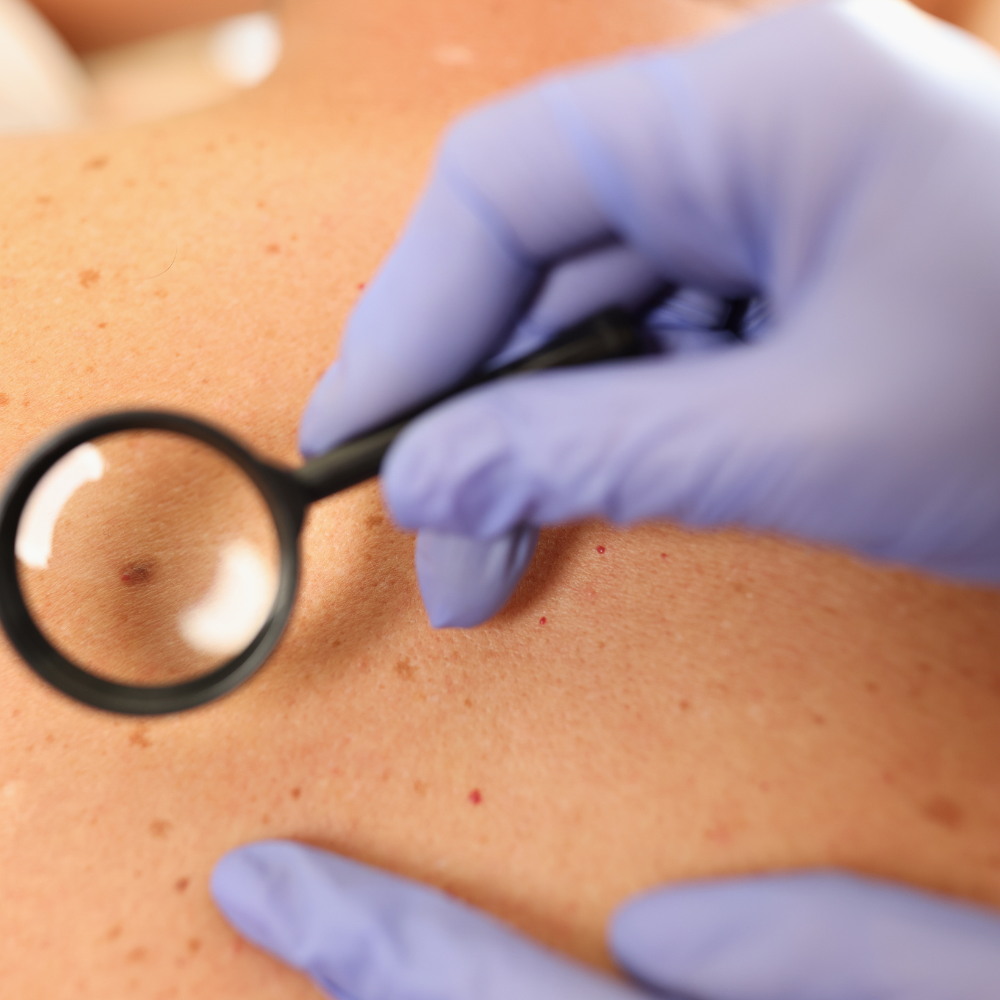
Benefits of a blood test to diagnose cancer
Many adults and children in Germany suffer from non-alcoholic fatty liver disease. This condition can cause chronic inflammation and damage to the liver, and increase the risk of liver cancer. A simple new blood test reliably predicts which people with nonalcoholic fatty liver disease are most likely to develop liver cancer.
In a new study involving experts from the University of Texas Southwestern Medical Center, so-called liver transcriptome and serum secretome signatures have been defined and validated, which predict the long-term risk of developing hepatocellular carcinoma in people with non-alcoholic fatty liver disease.
The results were published in the English-language journal Science Translational Medicine.
Fatty liver diseases prevalent in Germany
According to the German Liver Foundation, fatty liver (fatty liver) is a common symptom, with a distinction being made between non-alcoholic fatty liver disease (NAFL) and fatty liver disease (AFL).
A combination of different factors usually leads to the development of fatty liver disease. These factors include, for example, poor diet, lack of exercise, obesity, alcohol consumption and diabetes.
Experts from the German Liver Foundation also report that around a third of adults in Germany have an enlarged liver due to fatty deposits, with the number affected steadily increasing. Fatty liver disease is also common in children, and one in three overweight children already has fatty liver disease.
How is non-alcoholic foie gras formed?
In non-alcoholic fatty liver disease, there is excess fat in liver cells, which can lead to chronic inflammation and liver damage, increasing the risk of liver cancer, according to researchers involved in the new study report.
In the new study, samples from 409 people with nonalcoholic fatty liver disease were analyzed. In this way, a series of 133 genes could be identified, which were expressed above or below the average in people who developed hepatocellular carcinoma over a period of 15 years.
The participants were divided into different groups based on the level of expression of these genes, depending on their level of risk. In the 15 years after sample collection, 22.7% of participants in the high-risk group were diagnosed with hepatocellular carcinoma, compared to none in the low-risk group, the team said.
People at high risk can be monitored by ultrasound
According to the researchers, the newly developed test could be used to quickly and reliably identify people with non-alcoholic fatty liver disease who have a high likelihood of developing liver cancer.
"This test allows us to non-invasively determine which patients are best monitored for liver cancer through regular ultrasound scans," said study author Dr. Yujin Hoshida of Southern Medical Center. west from the University of Texas in a press release.
17 times increased risk of liver cancer due to NAFL
The team also reports that studies have shown that people with non-alcoholic fatty liver disease have an up to 17 times higher risk of liver cancer. People with NAFL, who are at particularly high risk for cancer, should enroll in a screening program that includes liver ultrasounds every six months, experts advise.
The new test is particularly reliable in determining which people belong to the low-risk group. “We can now say with more certainty that these patients do not need to be followed very closely,” reports Dr. Hoshida.
Role of inflammation in liver cancer
According to the team, most of the genes and proteins that have been shown to predict the risk of developing hepatocellular carcinoma are so-called immune and inflammatory molecules.
This highlights the importance of inflammation in the development of hepatocellular carcinoma, experts say.
How to reduce the risk of hepatocellular carcinoma?
The levels of the molecules could be altered in conjunction with therapies known to reduce liver inflammation and the risk of developing hepatocellular carcinoma. The researchers cite as examples: bariatric surgery, cholesterol-lowering drugs and immunotherapy.
"This means that we could use these groups of molecules to track the status of patients over time, or to inform the potential effectiveness of medical interventions in reducing the risk of liver cancer," says Dr. Hoshida.
For example, there is a protein blood test called PLSec-NAFLD that is already being used to monitor the effectiveness of a cholesterol drug in reducing the risk of liver cancer in an ongoing clinical trial, the researchers report.
The team now plans to further investigate the utility of PLSec-NAFLD in larger groups of people around the world. Researchers believe that in the future it will also be possible to develop blood tests that can determine cancer risk in other serious liver diseases such as hepatitis B and alcoholic liver disease. (as)
Author and source information
Show nowThis text corresponds to the requirements of the specialized medical literature, medical guidelines and current studies and has been verified by health professionals.
Sources:
Naoto Fujiwara, Naoto Kubota, Emilie Crouchet, Bhuvaneswari Koneru, Cesia A. Marquez, et al. : Molecular signatures of long-term hepatocellular carcinoma risk in non-alcoholic fatty liver disease; in: Science Translational Medicine (published 2022-06-22), Science Translational MedicineUT Southwestern Medical Center: Molecular signatures of long-term hepatocellular carcinoma risk in non-alcoholic fatty liver disease (published 2022-06-22), UT Southwestern Medical CenterGerman Liver Foundation: Steatohepatitis - Most Common Liver Disease in Germany (Questioned June 23, 2022), German Liver FoundationImportant Note:
This article contains general advice only and should not be used for self-diagnosis or treatment. It cannot substitute a visit to the doctor.



